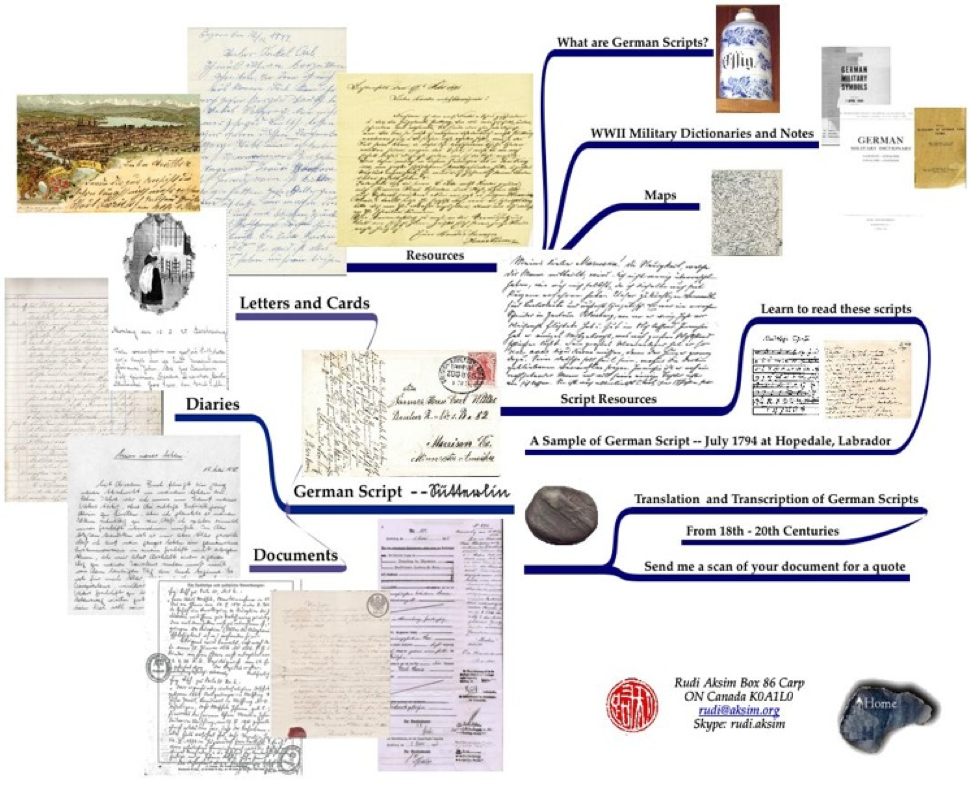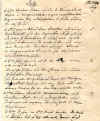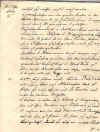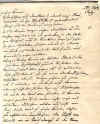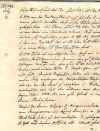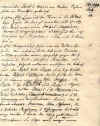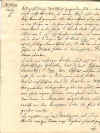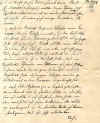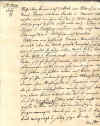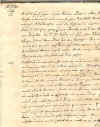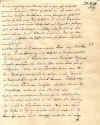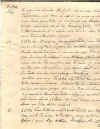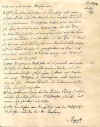Contents
- What are German Scripts?
- Learn to Read these Scripts
- Translation Resources
- Collaboration
Frequently Asked Questions
What are German Scripts?
From the Sixteenth Century until 1941 German handwritten documents used a cursive script ("Kurrent", "Kupferstich") sometimes called "Fraktur" or "Bruchschrift"(from the broken line that characterized the writing) or "Sütterlin" (after the designer of one example of this script taught in German schools in the last century). The documents written in this script may originate in modern day Germany, Austria and Switzerland, and from other areas where there were German-speaking areas in the past and which are in modern-day Poland, Russia, the Baltic Republics and so on. This script was also used for North American German-language documents, such as Birth and Death records, Diaries -- particularly those of the Moravian Missions, and documents written by Menonites. Even after World War II some students in Germany were taught to write in Old German Script by old teachers who were the only people available to teach children after the war.
An example
example of the alphabet is published by Hans Rollmann of Memorial
University.

What does "Translation" involve?
Normally translation means the creation of a transcript of the document, keeping the original line arrangement and punctuation, and then the production of an English-language version of the document.
What kinds of work have you done?
In addition to numerous translations and transcriptions of family diaries, birth, marriage and death records, survey map notations, the following are examples of longer projects:
- Historical Narrative, A Structural History of the Moravian Mission Stations at Hebron and Hopedale in Labrador. 160p, based largely on Public Archives of Canada MG17 matrials
- Selective Translation of the Diaries of the Moravian Missions at Nain and Hopedale in Labrador Original, 4500p. / translation 795p. Public Archives of Canada and Library of Congress materials.
- Sective Translation of "Helvetik" materials from the Swiss Federal Archives and from the Bern Canton Archives in Bern, Switzerland.
- Anonymous manuscript: Relation was Auf denen in Parnasso letzt gehaltenen L. Berichtstäge… bound into Thomas Adams,Geistliche Schriften (Frankfurt, 1688) 80p.

How much does it cost?
Send me a copy of your document and I'll give you an estimate, based on an hourly rate.
Costs depend on the time it takes to translate your document. That will depend on the handwriting itself, the quality of the copy, the number of pages written by the same hand, and so on.
How do I send money over the Internet?

How can I learn to read these scripts myself?
Some years ago I was writing my thesis on Switzerland in the eighteenth century and learned to read German documents written in cursive. While I was (still) finishing my thesis, I translated several hundred pages of Moravian Diaries from the Labrador coast, and was invited to try to transcribe a set of seventeenth-century hand-written notes. One thing led to another ....
If you already have (some) German, learning to read these scripts is not very difficult. There are books and websites set up to help you learn how to do this. In particular, I would point you towards
- http://www.uni-saarland.de/~m.hahn/slp2000.htm
- An excellent method is to install a Sutterlin font and type with it, in English or in German. I have created a True Type Sutterlin font for Macintosh. Download it here.
- Hans Rollmann, German Script Tutorial with Moravian Archival Examples
http://www.mun.ca/rels/morav/script.html
Good example of German Cursive Alphabet and examples of materials from eighteenth and nineteenth centuries from the Moravian missions in Labrador - German Handwritten Scripts from genealogy.net http://www.genealogy.net/gene/misc/scripts.html
- There are several books available (for readers of German) to help you learn German Script:
 Harald Süß, Deutsche Schreibschrift, Lehrbuch (Aubsburg: Augustus Vlg, 1995)
Harald Süß, Deutsche Schreibschrift, Lehrbuch (Aubsburg: Augustus Vlg, 1995) Harald Süß, Deutsche Schreibschrift, Übungsbuch (Aubsburg: Augustus Vlg,
1995)
Harald Süß, Deutsche Schreibschrift, Übungsbuch (Aubsburg: Augustus Vlg,
1995) Berthold zu Dohna, Warum nicht mal Deutsch? Übungsbuch für die deutsche
Schreibschrift.(Hamburg: Christians, 2001)
Berthold zu Dohna, Warum nicht mal Deutsch? Übungsbuch für die deutsche
Schreibschrift.(Hamburg: Christians, 2001)
Self-directed short course in reading "Sütterlin" for people with German. Includes "Sütterlin" font for Windows computers

Hopedale Labrador in July 1794
You also may need a longer sample of German script to work on. Here are twelve pages from the Mission diary at Hopedale, Labrador, from 1794. Contact me for help or tutoring with these pages.

Collaboration
I am interested in collaborating on translation/research projects. Send me an email. I hope to hear from you!
